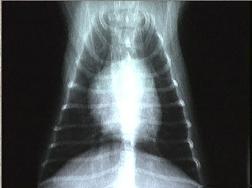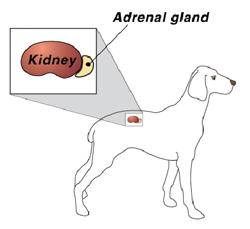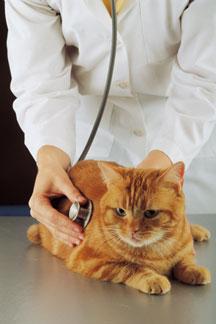
Imagine what your mouth would feel like if you never brushed your teeth or went to the dentist. For many dogs and cats, this is a painful reality. According to the American Veterinary Dental Society, more than 80% of dogs and 70% of cats have dental disease by the age of 3. Dental (or periodontal) disease is the most frequently diagnosed health problem in pets. Common signs of dental disease include: Yellow or brown buildup (tartar) on the teeth Red, swollen, or bleeding gums Bad breath Excessive drooling Changes in eating or chewing habits Pawing at the face Loose teeth…







